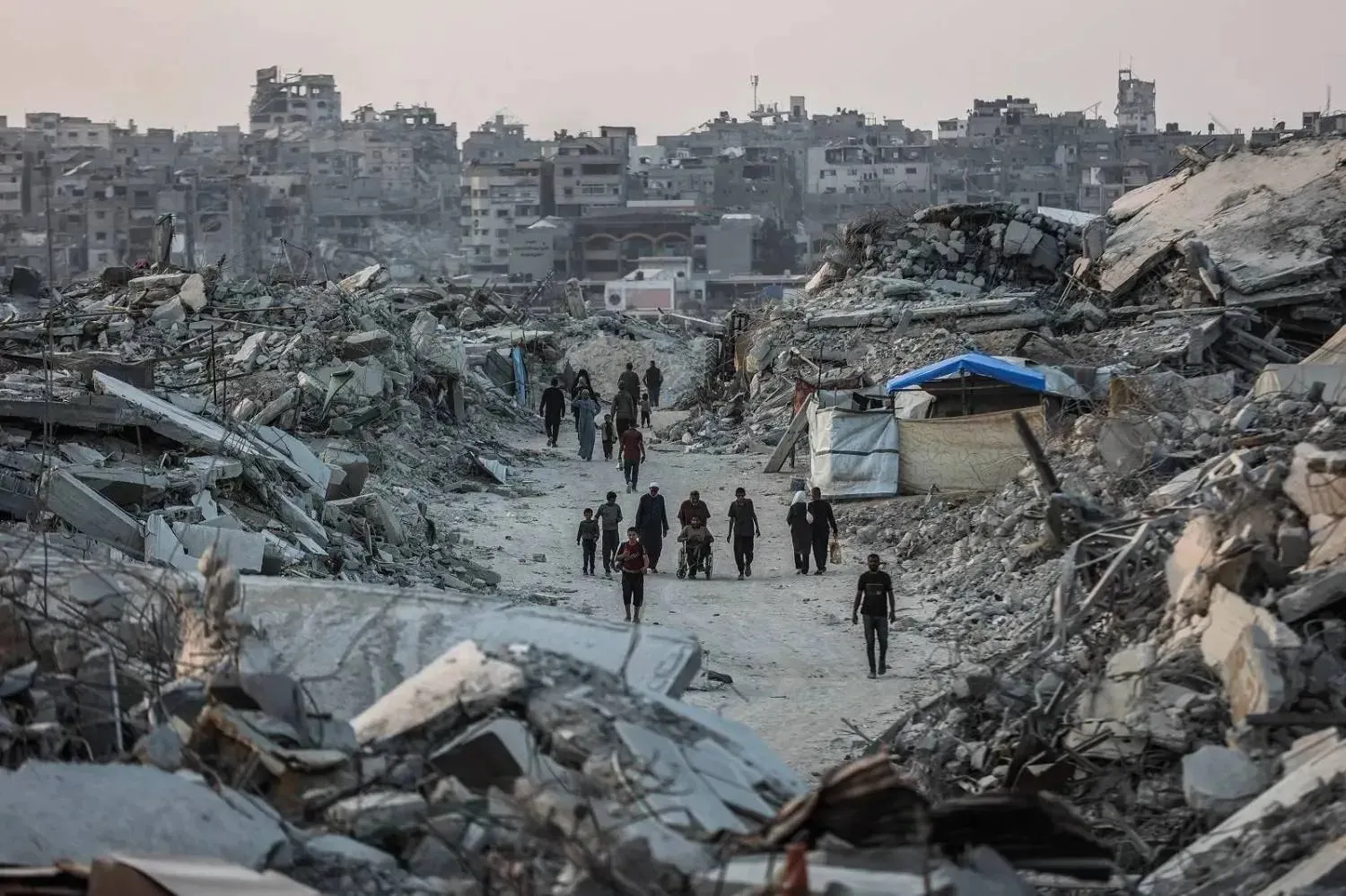The UN Food and Agriculture Organization (FAO) has warned that the water basins will be depleted in Yemen by 2030.
It said that most conflicts revolve over water in Yemen, which remains the poorest in the world in terms of water resources.
In a report entitled “To leverage Water for Peace,” FAO said Yemen urgently needs to fully understand the water governance systems, how resources are extracted, used, shared and replenished.
“Our experience in Yemen has shown glaring gaps between policy and the ultimate use of the precious commodity. Another gap is limited funding to replicate best water management practices which have been piloted and proven effective,” the report said.
Also, Yemen is the poorest country in the world in terms of water resources.
The annual per capita share of water is a lowly 83 cubic meters compared to the absolute threshold of 500 cubic meters.
According to FAO, the agricultural sector accounts for about 90% of water use, most of it going to qat growing. It added that groundwater is being depleted at twice the rate it is being replenished and that groundwater resources are being used randomly.
“At the current extraction rate, by 2030, the water basins will be depleted,” the report warned, “This will be catastrophic for a country where 70% of the rural community practice agriculture.”
Also, the agri-food systems transformation agenda will be lost with the depletion of water resources in Yemen, it noted.
Climate change and rapid population growth have also put additional pressure on Yemen's limited water resources.
FAO said about 14.5 million people in Yemen are without access to safe drinking water and reliable sanitation facilities. “Women bear the brunt of this water situation which not only affect their crop and livestock production but entails more labor and time is used to travel to collect, store, and distribute water,” the report explained.
Community level water resources management
FAO said it is working with communities to rehabilitate water infrastructure and that close to 20,000 households have participated in its cash for work (CFW) programs activities since 2020.
It explained that CFW interventions serve a dual purpose. On one hand, they create income opportunities for participating households while on the other, they enable the restoration, rehabilitation, and establishment of communal assets such as water canals, weirs, and irrigation systems.
In addition, FAO supports Water User Associations (WUAs) to achieve optimal management of natural resources at the basin level.
WUAs consist of representatives from farmers, communities, and other stakeholders involved in water resource management and they use a participatory approach with women and the youth also participating.
Since 2020, 62 WUAs have been formed in Sanaa, Lahj, Hadramout, Wadi Hajar and Abyan, where WUAs play a vital role in shaping the composition and functions of regional and basin water management committees.
According to FAO, these WUAs facilitate decentralized water resources management and sustainable rural livelihoods at the sub-basin, and basin levels.
Aid Mechanisms
In addition, FAO said it is training community leaders in conflict resolution mechanism to help resolve any emerging tensions.
In this regard WUAs collect fees from users to fund maintenance and operation activities, they receive support and guidance from government agencies, especially the National Water Resources Authority (NWRA), as their operations are under the agency.
It added that WUA are an important instrument that has been used to promote peaceful coexistence and sharing of water resources.
FAO also acknowledged the crucial role women play in the practical day-to-day supply, management, and use of water. As such, the UN agency ensures that women actively participate in all phases of water management.
FAO said its focus is to give technical support in integrated water resources management (IWRM). “The goal is to develop sustainable water management strategies, policies, and investment plans that address water challenges in Yemen,” it said.
The agency said water harvesting technologies were improved, including rehabilitating and constructing new terraces, rehabilitation of on-farm water storage facilities for supplemental irrigation of existing terraces, on-farm water harvesting through underground cisterns and open wadi pits, wadi soil conservation and erosion control and rehabilitation of shallow wells and springs.









